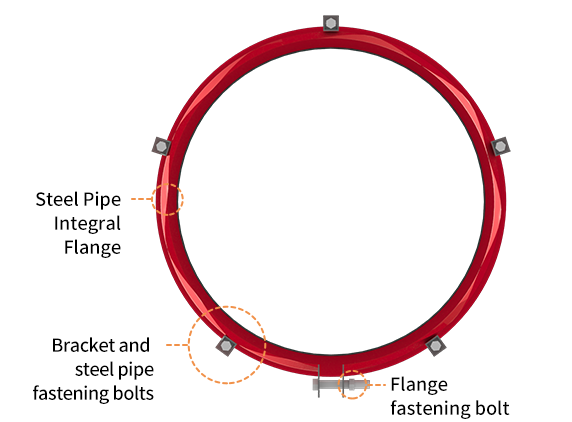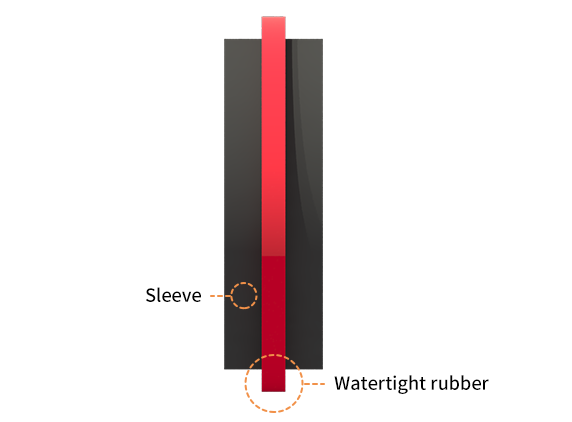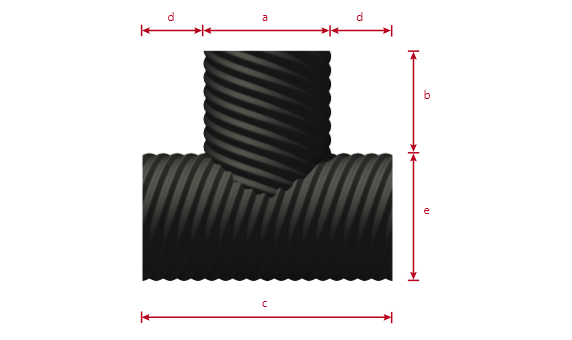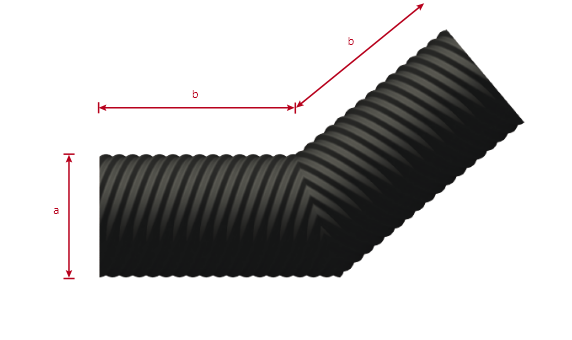Coupling band
It is a most commonly used and highly-constructable joining device that places a watertight gasket around the outer surface end of recorrugated steel pipe and covers it with a coupling band by bolt-joining
-
 Corrugated steel pipe layout
Corrugated steel pipe layout -
 Coupling band joining
Coupling band joining







